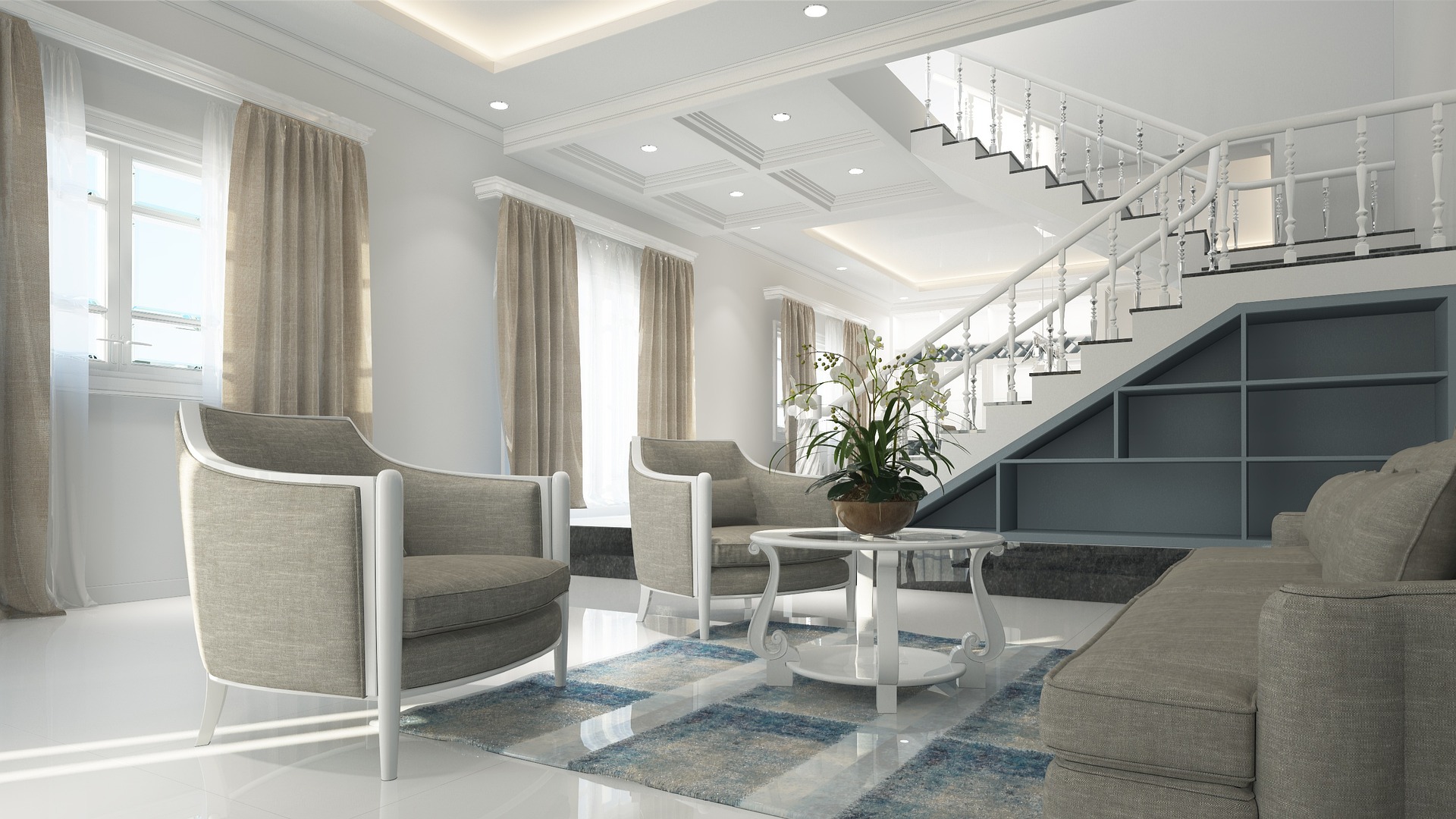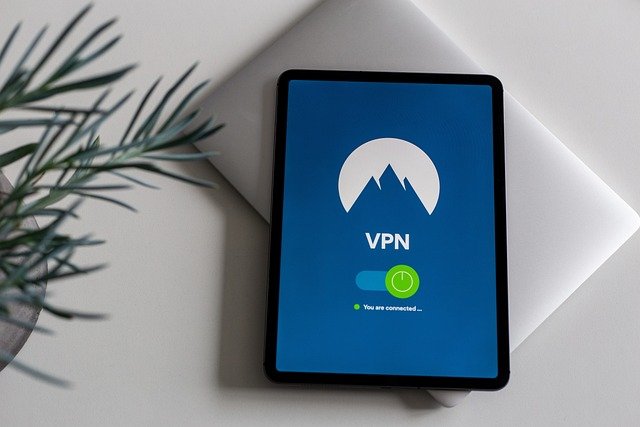"Transforming Your Space: The Exciting World of Interactive Interior Design"
In the evolving world of home design, the line between the physical and digital worlds is becoming increasingly blurred. Imagine walking into your living room and instantly changing the wallpaper or artwork with just a swipe on your smartphone. Welcome to the exciting realm of interactive interior design. This article delves deep into this innovative trend, exploring its origins, current manifestations, and future prospects.

The Advent of Interactive Interior Design
Interactive interior design’s roots trace back to the early 2000s. The advent of digital technology and the rise of smart homes sparked the initial idea of merging interior design with interactive features. However, it wasn’t until the last decade that this concept came to fruition. With advancements in augmented and virtual reality technologies, designers and homeowners can now experiment with different design elements in a virtual environment before implementing them in real life.
Current Trends in Interactive Interior Design
Today, interactive interior design takes various forms. One popular trend is the use of interactive wallpapers, which can change appearance based on the room’s lighting, temperature, or even the homeowner’s mood. Another is the use of digital art displays that can be switched out at the touch of a button.
Furthermore, augmented reality apps are transforming the way homeowners approach interior design. These apps allow users to visualize how a piece of furniture or decor will look in their home before purchasing it.
Practicality and Market Trends
Interactive interior design is not just about aesthetics; it also offers practical advantages. It allows homeowners to customize their living spaces without committing to permanent changes. This flexibility is particularly beneficial for individuals who frequently move or those who enjoy regularly updating their home decor.
In terms of market trends, the interactive interior design industry is set to grow exponentially. According to recent reports, the global virtual reality in the interior design market is expected to reach $14.9 billion by 2025. This growth is driven by the increasing demand for smart homes and the rising trend of home customization.
Impact on Daily Living
Interactive interior design significantly enhances daily living. It offers a sense of control and personalization that traditional interior design cannot match. It also brings an element of fun and novelty to home decor, turning the ordinary into the extraordinary.
The Future of Interactive Interior Design
The future of interactive interior design looks promising. As technology continues to evolve, we can expect to see more immersive and personalized design experiences. For instance, virtual reality could soon allow homeowners to walk through a digital reproduction of their home, tweaking design elements in real-time.
In conclusion, interactive interior design is a fascinating blend of technology and design that is transforming our living spaces. It offers a fresh perspective on interior decor, allowing homeowners to experiment with design in ways previously unimaginable. As technology continues to advance, we can only expect this trend to become even more exciting and prevalent.




